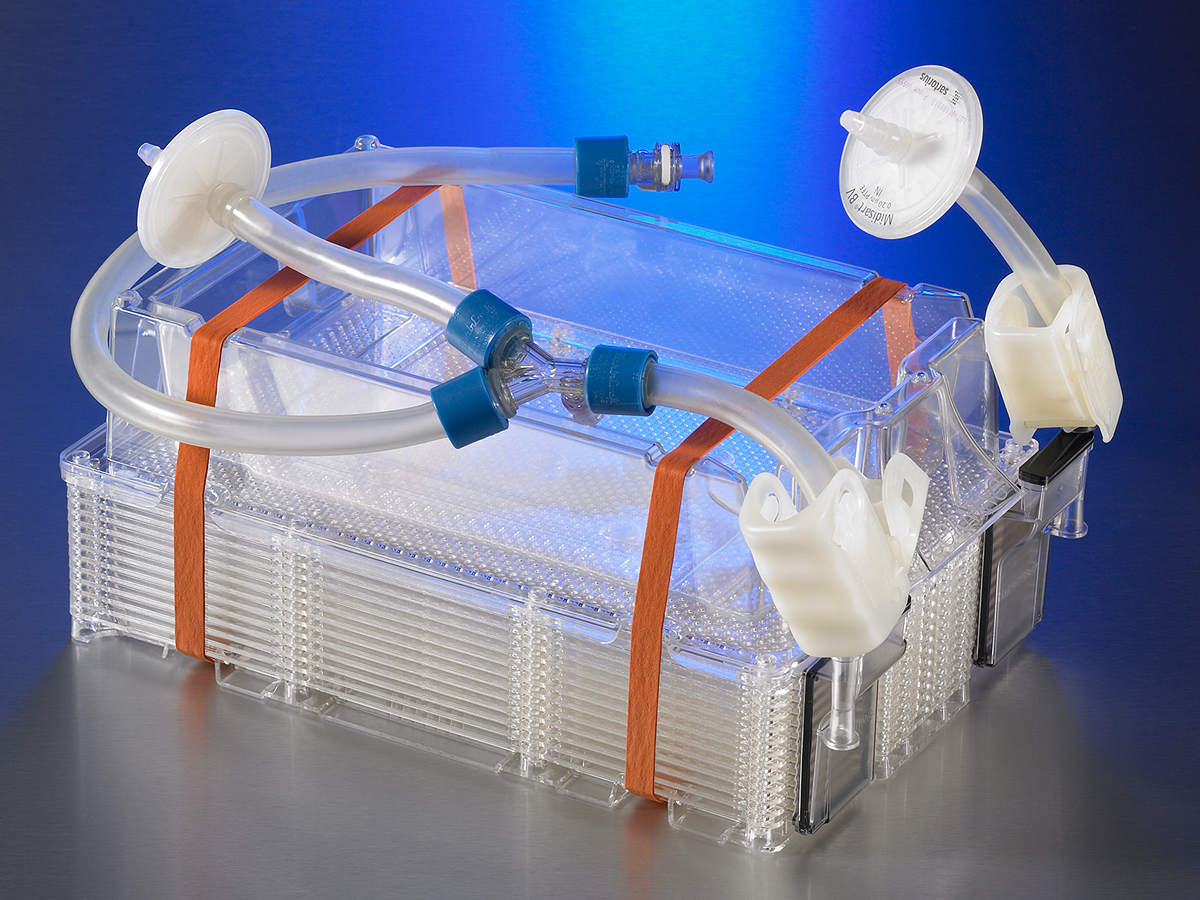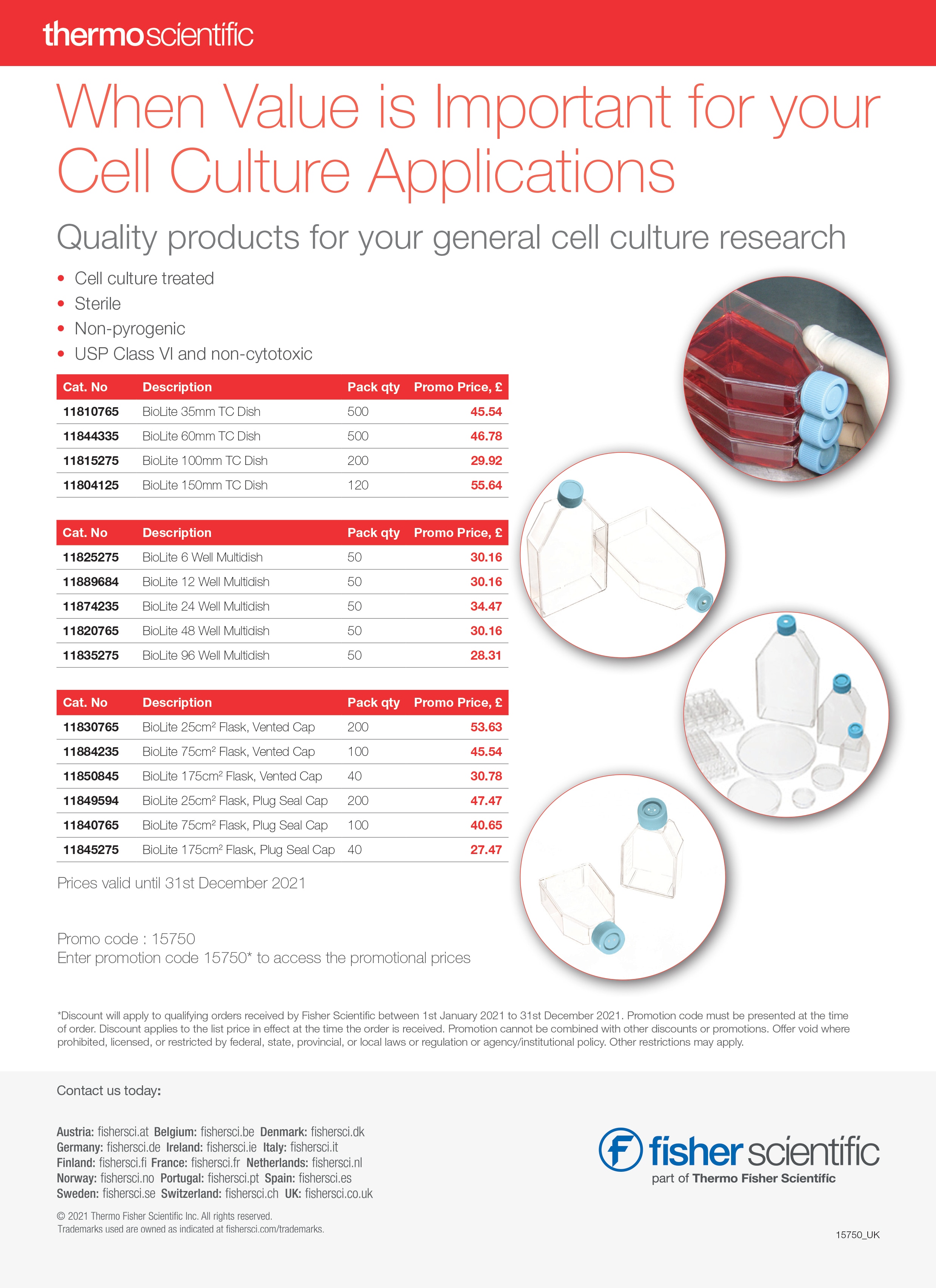
Useful Numbers For Cell Culture
culture. The average cell yields used here are based on this number. Actual cell yields can easily be several times higher or lower than this depending on the cell line and culture conditions. Maintaining optimal cell to medium ratios is important for obtaining good cell growth. As a starting point, we recommend 0.2 to 0.3 mL medium for each.

Isolation, Culture and Differentiation of Adult Hippocampal Precursor Cells —BIOPROTOCOL
Data Availability Statement Go to: Abstract The cultivation of cells in a favorable artificial environment has become a versatile tool in cellular and molecular biology. Cultured primary cells and continuous cell lines are indispensable in investigations of basic, biomedical, and translation research.

1) Cell Culture Tutorial An Introduction YouTube
Cell culture is one of the major tools used in cellular and molecular biology, providing excellent model systems for studying the normal physiology and biochemistry of cells (e.g., metabolic studies, aging), the effects of drugs and toxic compounds on the cells, and mutagenesis and carcinogenesis.

Useful Numbers for Cell Culture
Useful Numbers for Cell Culture There are various sizes of dishes and flasks used for cell culture. Some useful numbers such as surface area and volumes of dissociation solutions are given below for various size culture vessels. 1The number of cells on a confluent plate, dish, or flask will vary with cell type. For this table, HeLa cells were used.

Useful fundamental numbers in molecular biology The numbers
Useful Numbers for Cell Culture There are various sizes of dishes and flasks used for cell culture. Some useful numbers such as surface area and volumes of dissociation solutions.

rsfdesignstudios Useful Numbers For Cell Culture Corning
Cell Freezing: Label stock vials completely and unambiguously. Freeze stock samples at the lowest passage number possible. Utilize the proper freezing technique for each cell line. Most require slow cooling, though some (e.g. stem cells) prefer ultrarapid freezing. Liquid vs. vapor phase nitrogen storage — while liquid phase storage allows for lower temperatures and a longer response time to.

3D Cell Culture Methods and Applications TheWell Bioscience
Most Corning and Costar cell culture products are certified nonpyrogenic with a doc-umented endotoxin level of equal to or less than 0.1 EU/mL. Endotoxins have been shown to cause variability in cell culture. Nonpyrogenic certification is just another way Corning helps ensure consistent cell culture results.

Cell counting of preserved cell cultures Download Table
Useful Numbers for Cell Culture Useful information for various sizes of cell culture dishes and flasks There are various sizes of dishes and flasks used for cell culture. Some useful numbers such as surface area and volumes of dissociation solutions are given below for various size culture vessels. Back to the Gibco Cell Culture Basics homepage

りにくい Thermo Scientific Nunc 細胞培養ペトリディッシュ 12.5mL 150466 (1箱(10個×24包入り)) 目安在庫= :コンプモト 店 ッシュ
3. Make sure flasks are labelled with the cell line, passage number, split ratio, date, operator initials and the vial number of the cells. Place flask(s) straight into 37°C CO 2 incubator. Write down the details of the sub-culturing in the culture record log sheet. There should be a separate log sheet for each vial of cells resuscitated and.

Application Of Animal Cell Culture Pdf Application of rDNA in animal cell culture [Animal
A concentration of 10,000-500,000 cells per mL is optimal. Transfer 100 μL of diluted cells to a 1.5 mL microfuge tube. 3. Performing Cell Counts using the Scepter. Turn on the Scepter cell counter by pressing and holding the toggle on the back of the instrument and wait for the on-screen instructions to appear.

Blood Cell Isolation and Culture Services Creative Bioarray
Tables indicate surface areas, planting loss, cells at confluency, and volumes away Versene, trypsin and medium for various culture dishes, plate and flasks. Useful Numbers for Cell Culture | Thermo Fisher Scientific - FI / CELL CULTURE BASICS HANDBOOK | Thermo Fisher Scientific

rsfdesignstudios Useful Numbers For Cell Culture Corning
Useful Numbers for Cell Culture Surface Area (cmA2) Seeding Density Cells at Confluency Versene (mlof 0.05% EDTA) Trypsin (mlof 0.0.5% tryspin 0.53 mM EDTA) Growth Medium (ml) Dishes 35mm 9 0.3 x 106 1.2 x 106 1 1 2 60 mm 21 0.8 x 106 3.2 x 106 3 2 3 100 mm 55 2.2 x 106 8.8 x 106 5 3 10 150 mm 152 5.0 x 106 20.0 x 106 10 8 20

Useful Numbers In Cell Culture
cell culture Cell culture is one of the major tools used in cellular and molecular biology, providing excellent model systems for studying the normal physiology and biochemistry of cells (e.g., metabolic studies, aging), the effects of drugs and toxic compounds on the cells, and mutagenesis and carcinogenesis.

Cell Culture Useful Numbers
Cell culture refers to the removal of cells from an animal or plant and subsequent cultivation in an artificial environment for scientific research. The first cell culture techniques were developed over 100 years ago and since then have contributed to tremendous breakthroughs in science. Today, it is a fundamental tool used in laboratories.

Cell Culture Useful Numbers
Useful Numbers for Cell Culture Useful information for various sizes of cell culture dishes and flasks There are various sizes of dishes and flasks used for cell culture. Some useful numbers such as surface area and volumes of dissociation solutions are given below for various size culture vessels. Back to the Gibco Cell Culture Basics homepage

Counting cells using a hemocytometer and trypan blue Medicine notes, Teaching biology, Cell
Chart view interface area, seeding density, cells at confluency, and volumes of Versene, trypsin and medium for varied culture dishes, plates and flasks. Useful Numbers for Cell Culture | Thermo Fisher Scientific - FI / CELL CULTURE BASICS Handbook